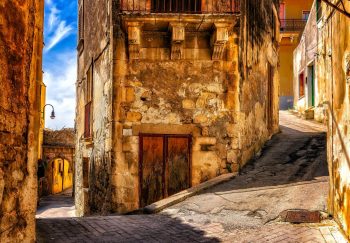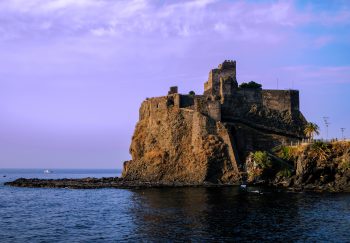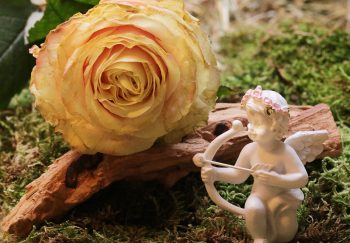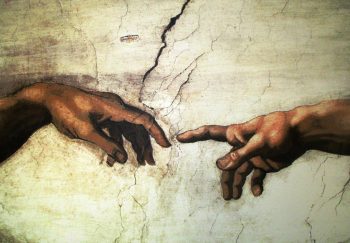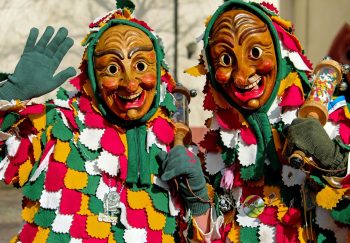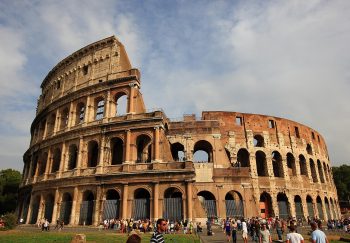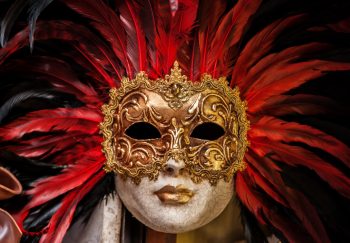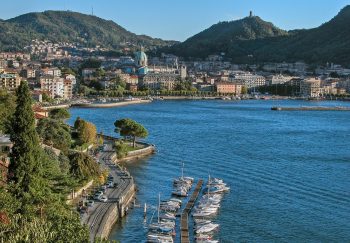In the southeast, this small town was reestablished in the 1700s. It is the hub and starting point of a visit to the valley of Sicilian Baroque. After 10 years of hard work, the cathedral was raised to perfection and rebuilt again.
Let’s get it right. Enter the city from the east. Pass under the Arco di Trionfo, which will take you to Corso Vittorio Emuele, the heart and soul of Noto. Ferdinand de Bourbon did the same in 1838, inaugurating this monument. Three symbolic sculptures are visible at the top: A crenelated tower represents power, a dog signifies loyalty, and a pelican symbolizes sacrifice.
This royal gate was also built using the same golden yellow limestone that was used to build the palaces and churches of the city. Because of its flexibility, it is a unique limestone that can be used to cut intricate monuments. It also emits a strong light. This warm color blends with the sun to create an atmosphere that captures your heart when the sun goes down.
Take a stroll along this street. The Church of Saint Francis Immaculate is located on the top of a steep staircase to your right. The church was built in the 1700s and has a single nave. It is decorated with white stuccoes in rococo style. A Franciscan monastery is attached to the church.
You will find many other churches along your journey. You will be able to see that Noto was built following a strong earthquake. This gave architects the freedom to create stunning urban settlements. To ensure that the sun always lights up the roads , they are oriented from east to west. They were also designed to address the three main social classes. The Corso was designated for the clergy while the upper portion was for the nobility while the lower part was for people. You will see many churches on your way to Corso Vittorio Emuele.
On the left side of this corso is the Church of Santa Chiara. It displays a delicate baroque style. The interior is oval and small, and decorated with stuccoes or cherubs. The twelve columns balance it well. You can continue on to the adjacent cloistered monastery. It is an intriguing world and offers beautiful views from the terrace.
The Cathedral is a towering structure that rises on top of a massive staircase. It was built in just a few months following the earthquake, but it was completed only in 1770. Although the facade is simple and unadorned with ornamentation or extravagance it incorporates both classical and baroque elements. Tall pillars divide the three aisles of this church. The silver Urn of San Corrado is found in the right-hand chapel. It is the patron saint of the area. Many of us are still able to recall the 1996 collapse of the dome. We still remember the News footage that showed the desperate escape of the priest to safety from the sudden collapse. It took more than 10 years to complete the reconstruction using a mix of modern techniques as well as those from the 1700s, and the materials that were available at the time. It was a great job and is now the symbol for the area’s rebirth. It is also listed on the UNESCO list of world heritage assets.
The Palazzo Ducezio is located opposite the cathedral and houses the Municipal Hall. Sinatra designed the palace, which is elevated above the square it sits on. The palace was constructed with one floor between 1746-1830. A second floor was added in 1950, modifying the original neoclassical line. The reception hall is filled with stuccoes and gold.
Continue on our right-hand journey and you will see the via Nicolaci. This is where we find the famous flower festival. It is enclosed by the Church of Montevergine. The concave facade lies between two bell towers. The bulging balconies at the Palazzo Nicolaci Villadorata, which are the expression of Noto’s striking Baroque, can be immediately seen to the left. They are held in brackets that look like different animals, spirals, and arabesques.
It was built in 1731 by architect Nicolaci and has ninety rooms. There are also frescoed vaulted ceilings, eighteenth-century paintings, and frescoed vaulted ceilings. It was for a long period the home of the Villadorata princes.
The via Nicolaci is the main protagonist of the Infiorata (flower festival) in May. A team of artists creates a carpet of colorful petals that covers the road’s pavement. The theme of this floral exhibition is different each year.
Continue walking on the road. To the left is the Church of San Carlo, and the Jesuit College. The large four-column portal, topped with monstrous gargoyles, can be found immediately after the Church of San Carlo. To enjoy the panoramic view of the city center, climb the bell tower from the church.
Piazza XVIMaggio, which houses the Church of San Domenico and the small house of Hercules as well as the fountain, is located at the bottom of the street. The elegant Vittorio EmanueleIII theatre can be admired here.
The history and development of Noto
Its original name was Neas. It was established by Sicans on Mendola Hill at the time that Troy fell. The town fell into the hands the Syracuse conquerors. It assimilated Hellenic customs to become a gymnasium. As a federated capital, it was under Roman rule. It was made a Latin municipium during the imperial period, which gave the town many privileges, including the ability to make its own laws. It was conquered by the Arabs who made it an extremely armed stronghold. The capital of one the three valleys in which they divided Sicily, it received its current name. Roger and Noto agreed to surrender after two centuries of Muslim rule.
However, the history of Noto has been written by both men and nature. In
1693
It was actually,
Several buildings were destroyed in the earthquake
That struck the entire region of southwestern Sicily. It was designed as a large theatre with no wings. It was intended to be a lively, open-air city that is free and open to all. Noto, located on the slopes of the Meti hill and the southern slopes of the Hyblaean mountain, is luxurious and magnificent. Three architects are the main inspiration for the architectural history of the new town: Rosario Gagliardi and Vincenzo Sinatra. This trio of architects created a remarkable masterpiece of architectural unity. The city was enriched by the unique contributions of three different individuals who lived and worked in the province. They enriched the city with elements from Renaissance and neoclassical pseudo Spanish elements, creating a dreamlike and imaginative style.

